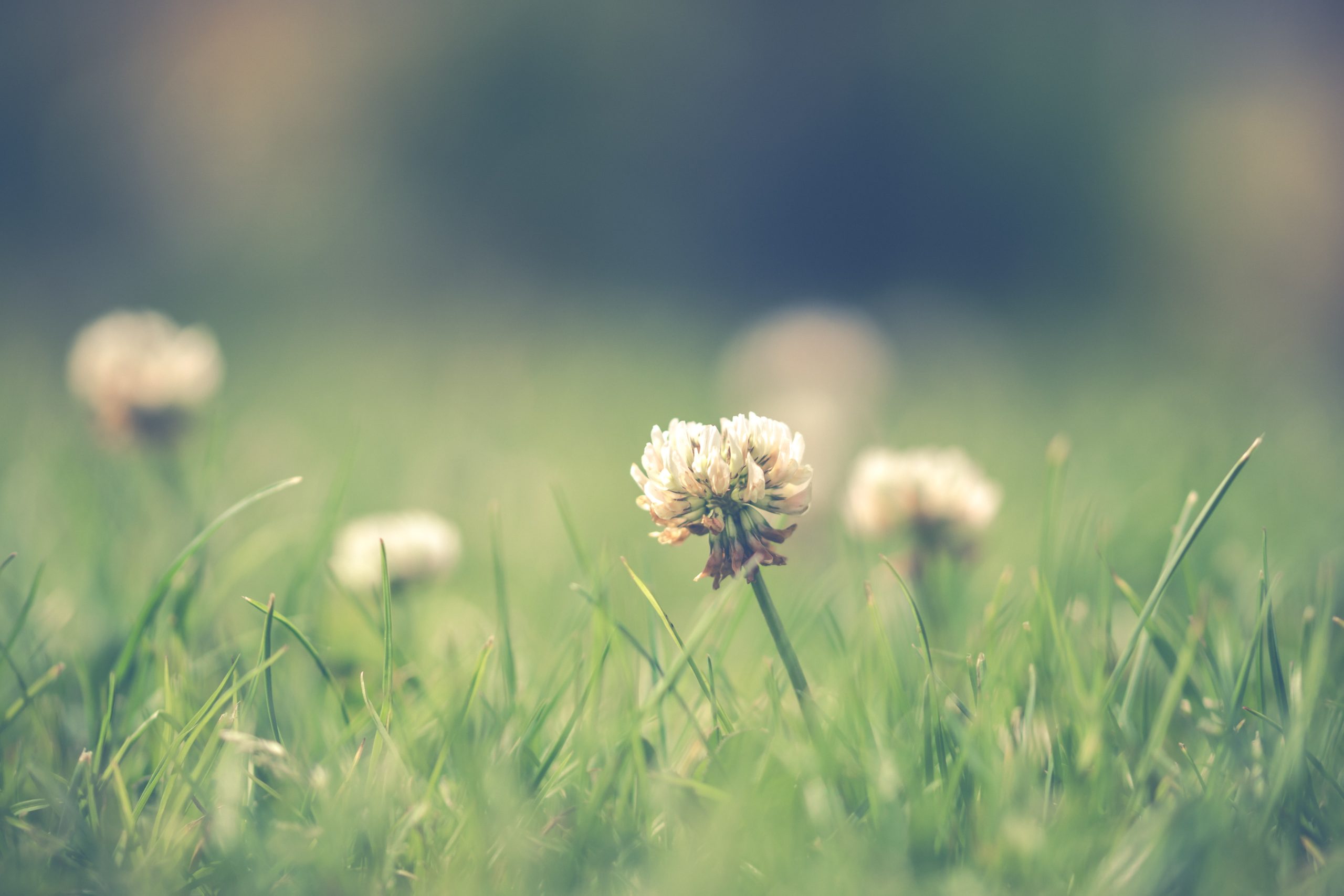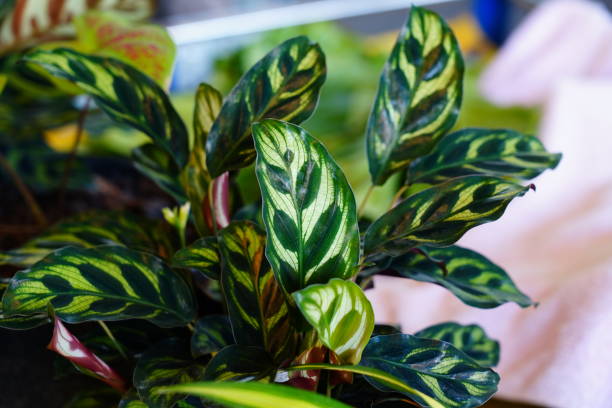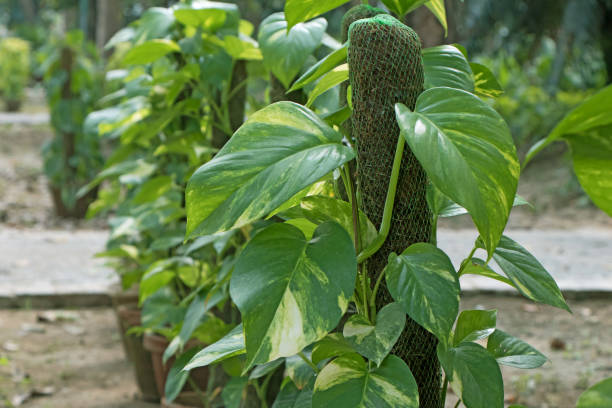All You Need to Know About Common Garden Weeds

Weeds are common occurrences in gardens and lawns. Some of them may be attractive or useful, but most of the common garden weeds are considered a nuisance. Learning more about types of weeds makes it easy for the gardener to control them.
Common garden weeds are garden invaders that often grow back if you fail to remove correctly. Here is an article with common types of weeds that you may encounter in your garden.
What are Weeds?
So what are weeds? A weed refers to any plant growing at any place where you don’t want it to grow. These plants are popularly known for their undesirable qualities instead of the good ones.
Weeds are aggressive plants that choke the garden plants on which you work hard. They are competitive and fight your garden plants of grass for waters, space, nutrients, and light. Though most types of weeds grow in favourable conditions, native types of common weeds can be found growing almost anywhere.
Types of Weeds
Below mentioned are some common types of weeds.
- Annual Types – This type of weeds grow and spread by seeds. They have an average lifespan of one year. Annual types of weed include both summer and winter types. Winter annual weeds such as chickweed grow in late summer or early fall. They actively grow during spring. Summer annuals like lambsquarters grow throughout in summer, and they get away with the arrival of winters.
- Biennial Types – This type of weeds grow for two years. They grow and form rosettes in the first year. During the second year, they produce flowers and seeds. Some popular examples of biennial types include garlic mustard and bull thistle.
- Perennial Types – Perennial weeds grow every year, and they produce seeds as well as long roots. Some examples of perennial types include plantain, dandelions, and purple loosestrife. They are most difficult to control.
Common Garden Weeds
Now that you know what are weeds; let’s have a look at the list of weeds.
Dandelion
Botanical Name – Taraxacum
Type – Broadleaf Perennial
Size – 12 inches tall; 6-15 inches wide
Dandelions are signs of spring. They grow in gardens and lawns in shade or sun. This common garden weed has a powerful taproot, and the leaves are notched. They grow beautiful yellow flowers which grow to mature puffballs.
The seeds of dandelion are like parachutes that fly away in the wind. People often make a wish with their seeds. Though dandelions have various medicinal uses and they can be consumed in salads and used in winemaking; many people prefer to eliminate them.
If you want to remove dandelion from your garden, then mulch it. Pull dandelions using hands, or you can also use postemergence in the garden.
Crabgrass
Botanical Name – Digitaria
Type – Grassy annual
Size – Upto 18 inches tall; 20 inches wide
Crabgrass is a grassy weed and grows in garden, lawn, and landscape areas in shade or sun. It is an annual shrub that perpetuates via seed. Moreover, it grows root anywhere its stems make contact with the soil. The seed heads of this common garden weed spread out like the four fingers.
In order to prevent crabgrass, mulch your lawn. You can also use preemergence herbicide to get rid of this fastly growing weed. You can pull these plants by spot-treat with a postemergence herbicide.
Knotweed
Botanical Name – Reynoutria Japonica
Type – Broadleaf annual
Size – Upto 8 inches tall; 2 feet wide
Knotweed is an invasive weed with blue-green leaves which sparsely appear on long stems. They grow in partly shaded or sunny lawns. Other names of knotweed include Mexican bamboo or bamboo.
Knotweed has distinct raised nodes which makes it look like bamboo, but it is not related. The autumn flowers of this common garden weed look fleecy.
In order to prevent knotweed, apply a preemergence herbicide during spring. Moreover, you can also apply a deep layer of mulch. Once knotweed grows, you can hand-pull or spot-treat it using herbicide.
Poison Ivy
Botanical Name – Toxicodendron Radicans
Type – Broadleaf perennial
Size – Upto 15 feet tall
Poison ivy can be a groundcover, shrub, or vine. It grows in garden areas in sunny landscapes. The leaves of this weed are beautiful, and they are divided into three leaflets. They can also grow clusters of green berries.
You can prevent poison ivy using a deep layer of mulch. In case the weed starts to sprout in your garden, you can spot-treat it using a herbicide.
Pro Tip – Poison ivy contains oils which cause a serious allergic skin reaction to many people when touched (Source). These oils are also present in dead leaves. They can also become airborne and inhaled if you burn the plant.
Black Medick
Botanical Name – Medicago lupulina
Type – Broadleaf annual
Size – Upto 1-2 feet tall; 1 foot wide
Black medic is a short-lived perennial plant which grows in poor, dry soil in the full sun. It has clover-type leaves and beautiful small, yellow flowers. The flowers are grouped in tight bunches. The presence of this common garden weed means that the soil in your yard is poor in nitrogen.
In order to prevent this weed in your garden, mulch it. You can also pull this weed using hand or a postemergence herbicide. Moreover, in order to discourage this weed keep the should properly water and amended with organic matter like compost.
Black Nightshade
Botanical Name – Solanum Nigrum
Type – Broadleaf annual
Size – 2 feet tall; 2 feet wide
Black nightshade also known as blackberry nightshade or European black nightshade is a perennial flowering shrub. It is usually found in wooded areas and disturbed habitats. Moreover, it grows in garden areas with rich soil.
Black nightshade can a climbing plant or bushy. It grows beautiful flowers with petals that are greenish to whitish. Moreover, it has red or purple fruits.
Mulch your backyard or garden to prevent nightshade. If it is already present in your garden, then pull it by hand. Moreover, you can also treat it using postemergence herbicide.
Pro Tip – All the parts of black nightshade are poisonous.
Quackgrass
Botanical Name – Elymus Repens
Type – Grassy Perennial
Size – Upto 3 feet tall; several feet wide
Quackgrass is also known as a common couch, quitch grass, dog grass, and witch grass. It is considered a weed due to its persistence.
Quackgrass has long and straw-coloured rhizomes which allow it to grow rapidly across a garden. Moreover, it has hairy leaves and upright flower spikes. The wheatlike spike grows above the slender clumps of its grassy foliage.
You can prevent quackgrass by mulching your garden. Moreover, you can dig the plants out using hand. Make sure to remove each and every bit of its roots.
Henbit
Botanical Name – Lamium amplexicaule
Type – Broadleaf annual
Size – Upto 12 inch tall
This common garden weed is a low-growing annual plant with soft and finely hairy stems. The leaves are rounded and have beautiful flowers of pink and purple colour. It is a creepy plant with scallop-edge leaves. It grows flowers in the spring and in the warmer locations it flowers in the winter as well as early spring also.
Though the flowers look beautiful, it is better to remove them from your garden as they grow really fast and impact the growth of other plants. In order to control this fast-growing weed, it is better to mulch the garden. During spring, you can use a preemergence herbicide. If the plant is already grown, you can pull it with hands or apply postemergence herbicide.
Dock
Botanical Name – Rumex Crispus
Type – Broadleaf perennial
Size – Upto 4 feet tall; 2 feet wide
Dock is more than distinctive. It is usually curly and used in home remedies to treat nettle burns. However, it can be toxic to consume. You can identify the dock by its greenish blossoms that grow long within flower stocks.
The flowers of this common type of weed remain in the place even after drying and turning brown, which makes it easy to recognize and identify these plants. Blooming occurs in this plant in the form of long, skinny, and multiple flower stalks that are present at the top of the plants.
The best way to protect the dock is to mulch the garden. You can treat the plants with postemergence herbicide to get rid of them.
Fleabane
Botanical Name – Erigeron bonariensis
Type – Broadleaf annual
Size – Upto 2 feet tall; 18 inches wide
Fleabane is a creepy and common garden weed with slender leaves. They are attached to a branching step. The plant produces white to pale lavender flowers like daisies.
You can prevent fleabane by mulching your garden or using preemergence herbicide. Once the plant is grown, you can treat it with a postemergence herbicide.
Prostrate Spurge
Botanical Name – Polygonum aviculare
Type – Broadleaf annual
Size – Upto 3 inch tall; 18 inches wide
Prostrate is also known as wireweed, wiregrass, doorweed, or matweed. You can identify prostrate spurge in your garden by its green or purple-blushed leaves which form dense mats. It is often found in low-oxygen soils.
You can mulch your garden or use preemergence herbicide to prevent prostrate spurge. Moreover, you can use postemergence herbicide to get rid of this weed from your garden.
Nettle
Botanical Name – Urtica Dioica
Type – Broadleaf perennial
Size – Upto 6 feet tall and 3 feet wide
This fast-growing garden weed has leaves with sawtooth-edge. Moreover, they have yellowish flower clusters which are covered with stinging hairs.
You can mulch to prevent it in your garden. Dig out the weeds from your lawn or treat using postemergence herbicide.
Final Words
Weeds can be really toxic for your garden as they take away the land, water, and nutrients from the plants in your garden. Common garden weeds can be easily removed from the garden using the right mulching.
Some garden weeds can be harmful to your pets, so make sure to grow pet-friendly plants. If you want to make your garden more appealing, then use upcycled garden ideas as they help in upcycling old items. If you find the information on common garden weeds helpful, drop a comment.






